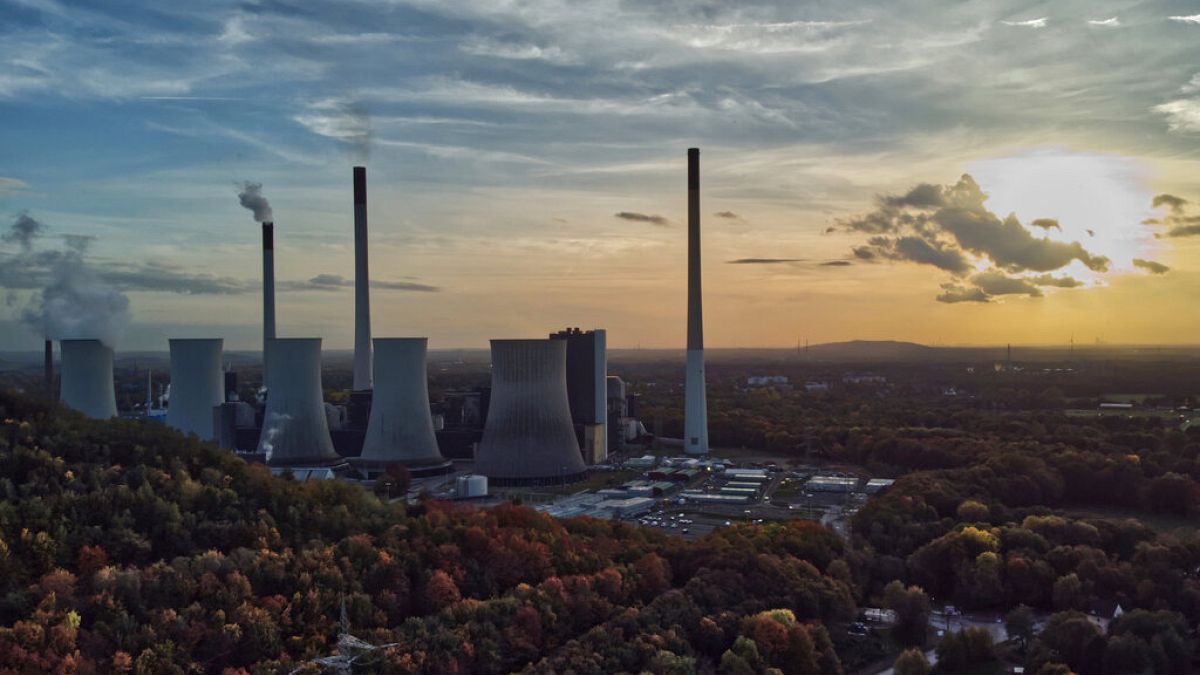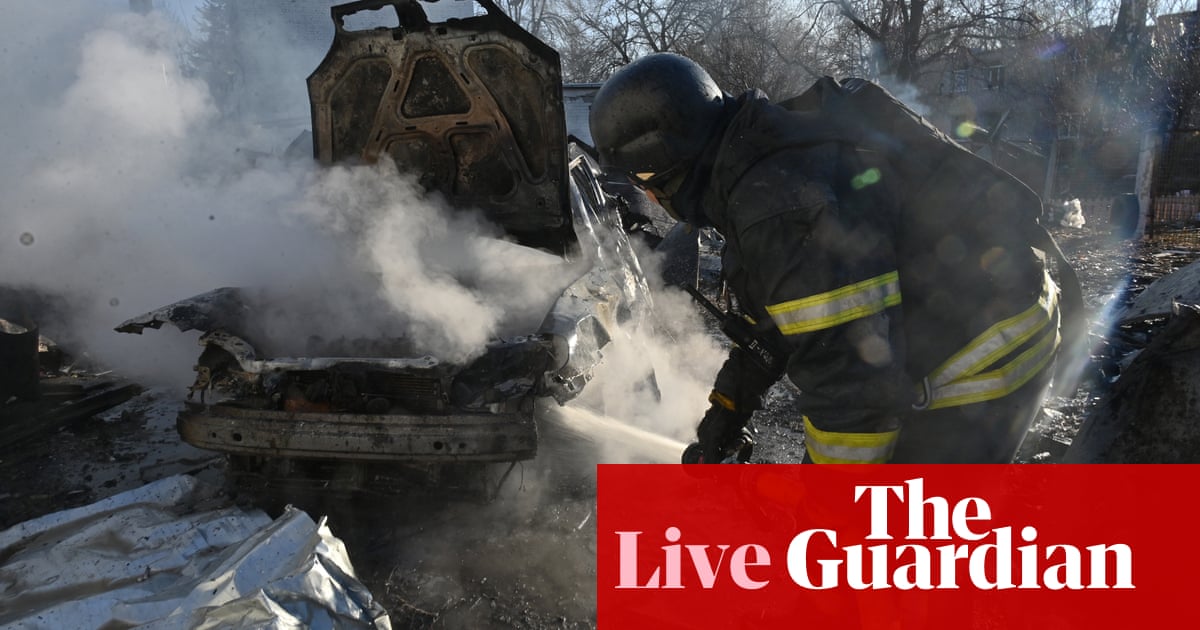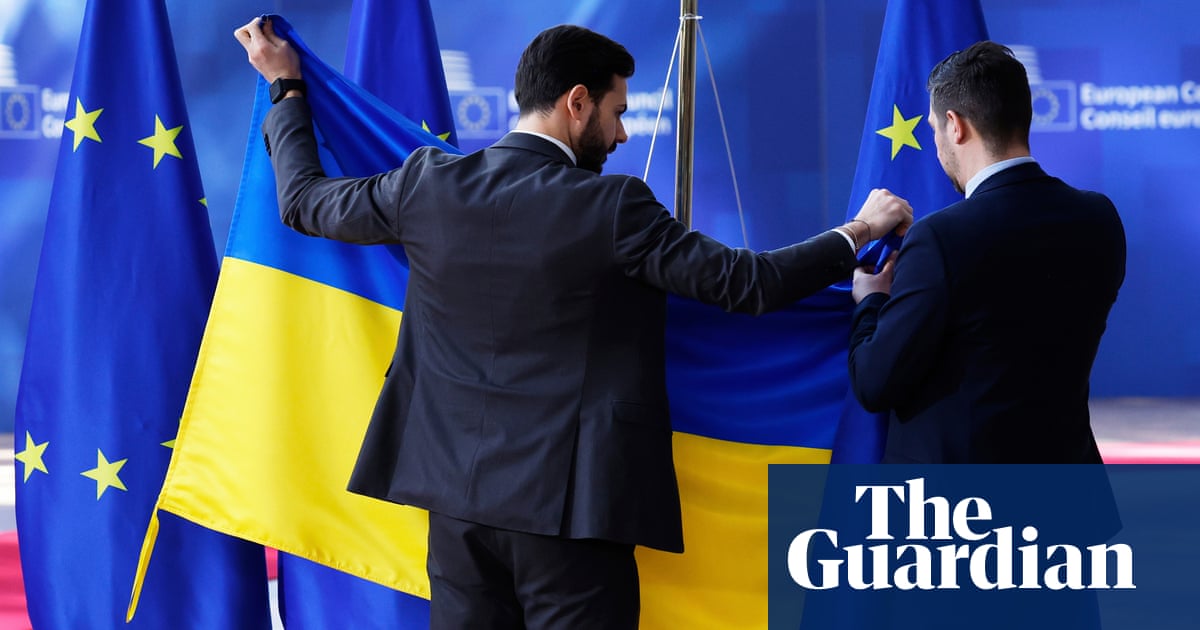Winter is coming: Volatile energy prices set to return in Europe

Rising natural gas prices and increasing uncertainty are set to dominate Europe’s energy outlook for the coming winter.
Europe’s benchmark natural gas prices are on the rise, marking uncertainty about sufficient supplies and increased demand as Europe is approaching the third winter since Russia invaded Ukraine.
However, the necessary natural gas reserves appear to be supplied and secured at the moment.
Dr Yousef Alshammari, President of the London College of Energy Economics told Euronews Business: “Uncertainty oversupply continues to dominate the markets despite the availability of sufficient gas reserves.’
He added that the EU gas storage capacity stood at 90% in August, way before its deadline and “today, gas storage stands at 95% full, well above 100 bcm [billion cubic metres]”.
However, increased demand for heating and electricity due to lower temperatures has already tested capacities in the first weeks of November.
Higher demand on the cards
Recent low temperatures increased gas storage withdrawals in Europe in the first two weeks in November, tapping close to 4% (4.29 bcm) of Europe’s full gas storage capacity, according to data from Gas Infrastructure Europe.
Alshammari expects that storage levels will not be as high by Spring 2025 as they were at the end of the previous winter, in April 2024, when they stood at 60% of capacity. “It looks like this winter they could go well below 50% which means that Europe will need to buy much more gas this next year to restore gas storage at nearly full levels. This combined with relatively colder weather is likely to keep prices reasonably at higher levels compared to their levels throughout the previous winter, which was relatively milder.”
Risks affecting European energy prices
Geopolitical tensions, driven by the US and Russia are a leading risk factor for energy prices on the continent. “Although I anticipate that this tension is likely to de-escalate under president-elect Trump, it looks like the remaining days for the current US administration are making the situation more complex, which will add to the energy prices volatility concerning both oil and gas,” said Alshammari.
Natural gas prices were at their highest level in one year in the Thursday trade. The uncertainty in Europe grew further as Russia’s Gazprom stopped the flow of natural gas to Austria on 16 November, due to a dispute between the countries.
Meanwhile, a major contract permitting the transit of Russian gas through Ukraine is about to end on 1 January 2025, risking that half of Russia’s remaining pipeline gas exports to the EU would be removed from the energy mix at the peak of demand.
“Any further disruption in Russian gas to Europe is likely to make the situation more difficult for European nations relying on these supplies meaning that EU storage will be under pressure,” said Alshammari, adding that he expects prices to continue to escalate in the weeks ahead should there be further supply disruptions or more uncertainty.
A lack of Russian pipeline gas supply “could trigger a return to coal, and oil to power generation mix, (…) which could have a wider impact on energy markets,” said the President of the London College of Energy Economics.
Shrinking Russian gas imports coupled with increased energy demand would trigger further LNG imports to Europe, which could also push energy prices up in Europe overall.
“Long-term I think nuclear should be on the mix within Europe, perhaps through energy trading among EU countries of nuclear power which may potentially reduce dependence on foreign imports of LNG,” said Alshammari.
How much can renewable energy shoulder of Europe’s demand?
Looking at trends across the year, gas demand is falling. It was 350 bcm in 2022 and it shrank to 295 bcm by last year. According to the Insitute for Energy Economics and Financial Analysis, the EU gas consumption dropped by 3.2% in the first six months of 2024, compared to the previous year.
This drop appears to be the result of the increased capacity of renewable power and improved energy efficiency measures.
“The share of renewable energy increased significantly over the past year rising up to 44.7% of the EU electricity production, an increase of 12.4% compared with 2022,” said Alshammari, adding that the share of fossil fuels dropped by 19.7% down to 32.5% of the total electricity production in the EU.
However, according to the president of the London College of Energy Economics, energy crises and electricity price spikes cannot be avoided by merely relying on renewables.
“Some countries in Europe such as Austria, Norway, and Iceland are well positioned to use hydropower without a significant spike in energy prices. Nonetheless, I don’t think it is renewables that Europe can totally rely upon.”
An improvement in energy efficiency and diversifying the energy mix could serve as a remedy, according to Alshammari. “One of the key factors that saved Europe during its energy crisis in 2021 and 2022 was the significant improvement in energy efficiency, especially in Germany, the re-use of coal as a source of energy, and the re-activation of many nuclear plants in France. Nuclear power hit 22.8% of the EU energy production in 2023.”
Related
Zelenskyy reiterates call for air truce after huge Russian attack…
We need Russia to stop attacks, Zelenskyy says, backing calls for truce in air, at seaUkrainian president Volodymyr Zelenskyy has responded to overnight attacks
Europe scrambles to rearm as Trump threatens security guarantees and…
CNN — European leaders have vowed to rearm the continent at historic emergency talks h
Russia launches ‘massive’ attack on Ukraine after Europe rushes to…
Ukraine's energy and gas infrastructure came "under massive missile and drone shelling" by Russia on Friday, a Ukrainian minister said."The energy and gas infra
American severance may be averted, but Europe’s leaders must fear…
With a mixture of regret, laced with incredulity, European leaders gathered in Brussels to marshal their forces for a power struggle not with Russia, but with t












